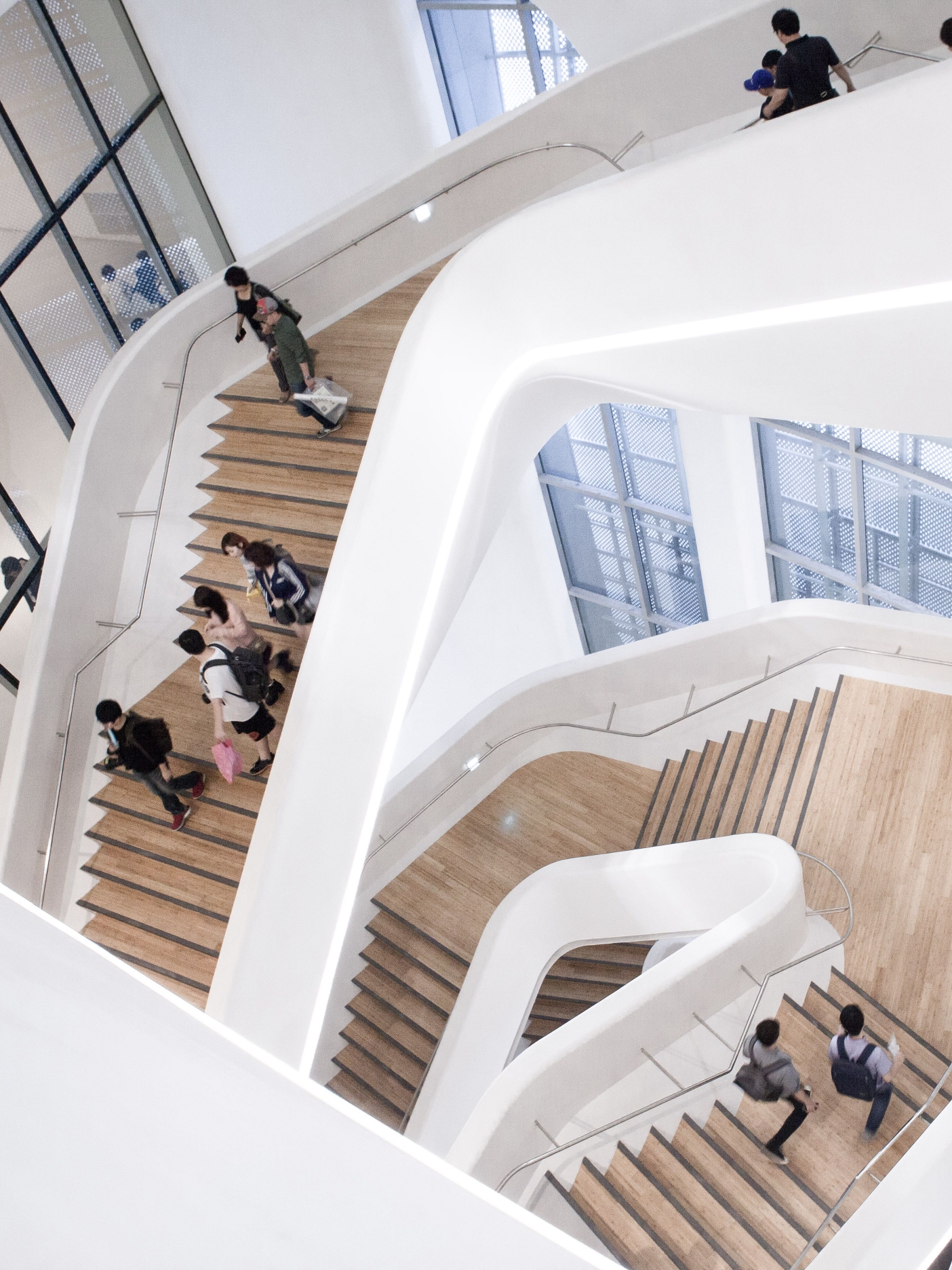Modern Korean Art
The modern Korean art scene is diverse and very active. This is apparent in the number of modern art museums and galleries you see in Korea. The art media and styles that contemporary artists employ are diverse; plucking influences from both traditional Korean and Western art. This rich palette of ideas and tools has led to a dynamic contemporary art movement.

The National Museum of Modern and Contemporary Art has four locations around the country and all major cities operate their own municipal modern art museums.

Visitors can easily stumble upon wall murals and street art while exploring Korea.
Historical art pieces are usually found in national museums and are worth a look, but contemporary art is much more accessible and can be found in private galleries and city museums. In cities and the countryside, Korea is dotted with art galleries and art museums. And many of these places are impressive works of architecture that hint at the artwork they showcase. Museum San, designed by renowned architect Tadao Ando is a well-known cultural destination. The minimalist exhibition halls and sculpture garden are quaintly nestled in a mountain valley.
The great number of art spaces can be attributed to the productiveness of artists and great public support for the arts. Seoul has many galleries and two of the four National Museums of Modern and Contemporary Art. Neighborhoods like Insa-dong and Samcheong-dong are famous for being artistic neighborhoods and you can find many art spaces. Visiting the cafes and galleries in these neighborhoods is a great way to spend the day. While you’ll mostly find works by Korean artists, many galleries host exhibitions by foreign artists as well.
Outside of Seoul, the cities of Gwangju, Daegu, Masan, and Busan are all important centers of art. Historically, Gwangju is well-known for its surrounding landscapes and Joseon-era literati artists. As such, it has the nickname Yehyang, which means “hometown of art.”
Today, the city of Gwangju is best known for hosting the Gwangju Biennale. This arts festival was created in memory of the 1980 Gwangju Uprising which ended in the deaths of many civilians. The Gwangju Biennale emphasizes political art and intercultural exchange and is one of the major arts festivals in Korea.
